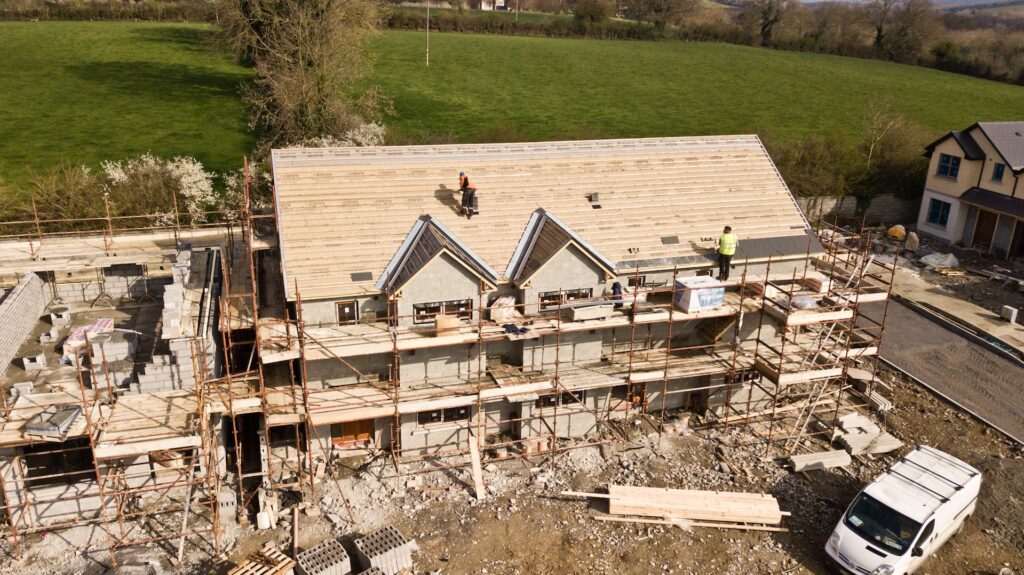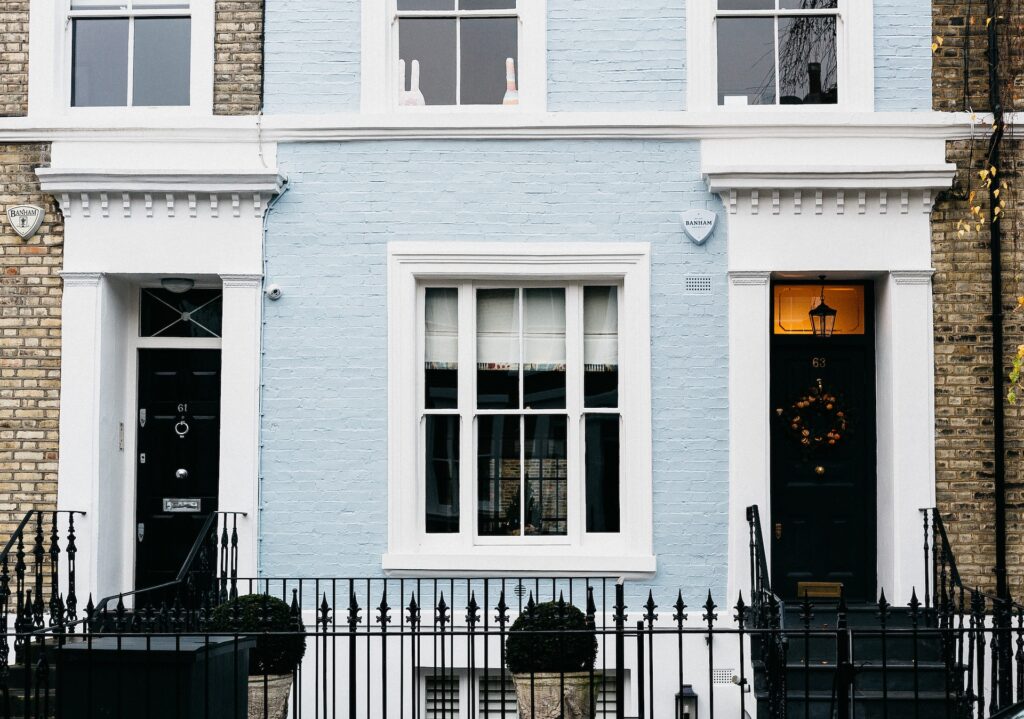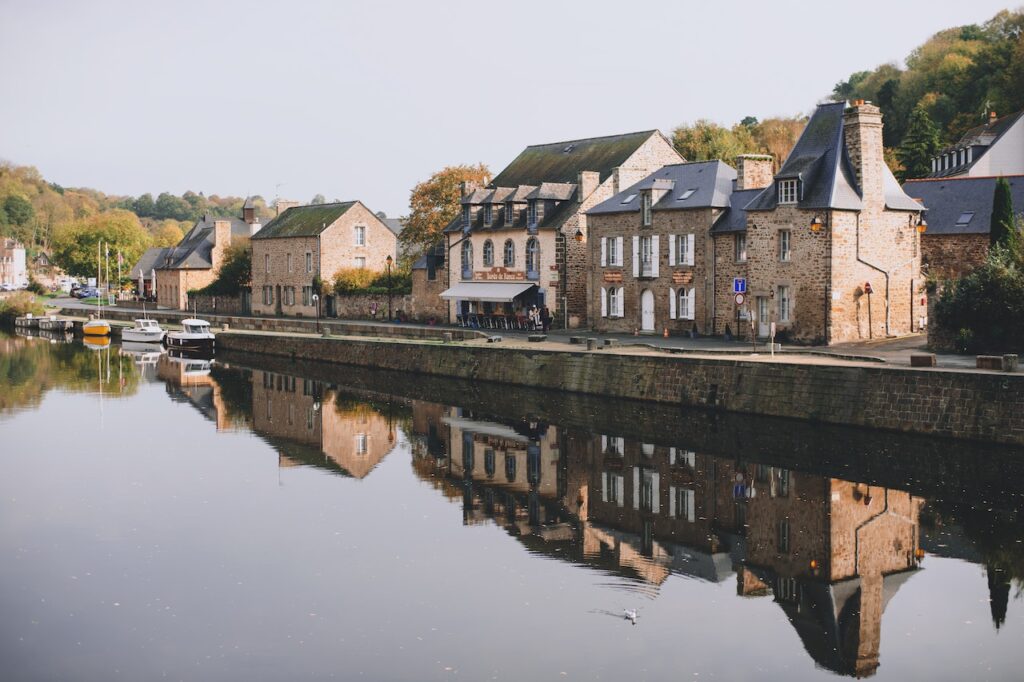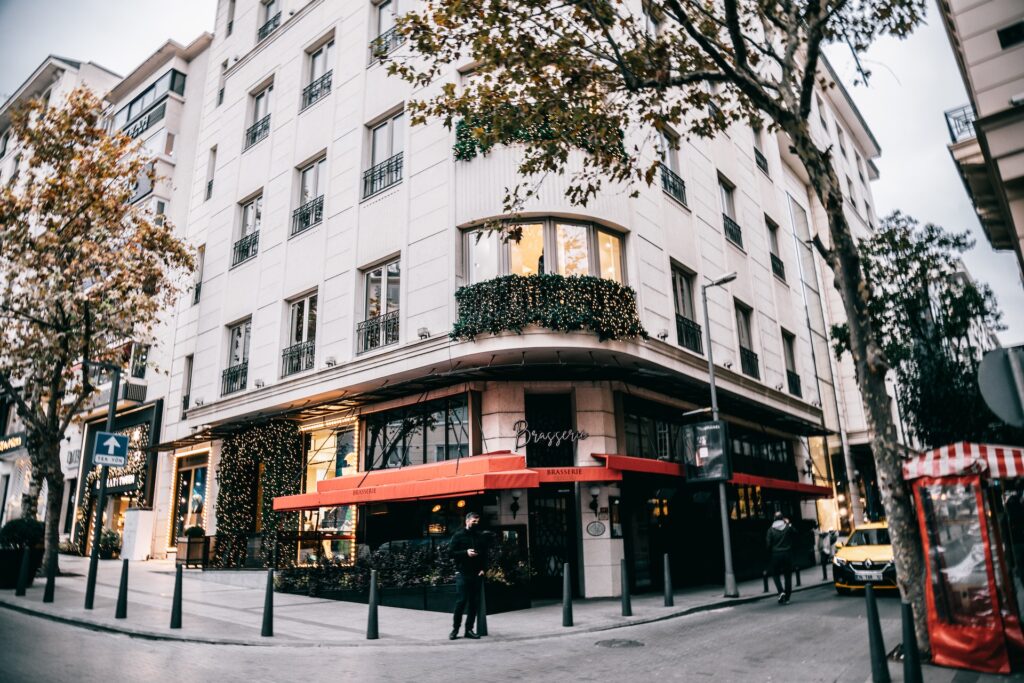Active property investment strategies are less influenced by general market forces and more through the creation of value. This value generation is commonly done through changing the quality, size or use of the property. The goal with this work is to dramatically add value and change the properties price point.
The following investment strategies provide greater risk of cost escalation and increased time commitment. Furthermore, requires detailed personal knowledge, and higher fees for professional help in order to be successful. The following are investment strategies for direct real estate and property businesses to implement. They can increase the return-on-investment (ROI) significantly compared to turnkey solutions that tracks the market.

ACTIVE PROPERTY INVESTMENT strategies
1) PROPERTY REFURBISHMENT investment strategies
Refurbishment projects are where you maintain the building structure and revamp the interior of the property. This can be through layout restructuring and redecoration for example to meet the current market demands.
Refurbishment work doesn’t require planning permission, although listed properties or properties in a conservation area commonly do for some aspects. Refurbishments can vary on budget, time and complexity depending on your goals and condition of the property. For example, ranging from a simple paint update or a whole-scale remodeling of a property’s fixtures and fittings.
There are different exit routes post refurbishment to realise the value you have created which depends on your goals. One option builds a pot of money, the other builds an owned portfolio as explained below:
Buy, refurbish, remortgage, and rent (BRRR).
It does what it says on the tin. This strategy prioritises the holding of the property into the future and building a portfolio. To realise the gain created by carrying out the refurbishment, you remortgage the property to the new (hopefully) inflated value. Depending on the loan to value, you can receive some or all of the capital invested in the project, tax-free. Through recycling the lump sum generated by the remortgage into another project, you can start building your portfolio.
By retaining ownership, you move the refurbished property into the passive investment side of your portfolio. This property will gain market returns for the duration of the ownership. The ability to remortgage and release value tax-free is a great portfolio building strategy in a tax-efficient and fast way.
The slight downside is that you will likely have to leave money in each deal. Therefore, you will need to supplement your initial investment to repeat the process.
Flipping property
Following the refurbishment to the property, this strategy disposes of the property to realise profits and your initial investment. This gives you a larger pot of money to roll into the next project, and so the process continues. The benefits are that you can continue building and taking on larger and larger projects. Alternatively, you can start multiple smaller projects simultaneously to diversify your risk.
The positive of this active property investment example is that you realise your gain completely. Furthermore, you are liquid when moving into the next project. Although, selling the property triggers the requirement to pay capital gains tax and takes time to move between projects. Also, by not holding property for the long term, you don’t benefit from the long-term market returns.
2) PROPERTY DEVELOPMENT investment strategies
Developing residential property involves the creation of new dwellings through the successful application of planning permission. There after you can sell the planning permission on or physical build out the properties yourself. The development strategy provides scope for making significant returns where that’s an investor or an owner-occupier.
The prospect of high potential returns also presents a number of related risks. These risks include delayed timing, overflowing budgets, and not gaining the desired or any planning permission are all real possibilities.
To reduce the risk of a development project, buying sites with planning is the best risk management tool. Alternatively, having detailed knowledge of the local planning framework is key when taking on a site that’s selling without planning permission. This knowledge allows you to confidently predict the likelihood of achieving permission for the most profitable outcome. The list below highlights the different ways in which development projects are created:
Starting from scratch
These opportunities are the development of residential houses on brownfield land or more uncommonly greenfield land. Other opportunities are creating additional dwellings in, say, large gardens that would otherwise be largely bare land. Moreover, converting old agricultural barns that are not suitable for modern agriculture.
Change of use
hrough the use of permitted development rights and, in some cases, full planning permission, commercial space such as offices can be converted into residential dwellings as long as they pass the required permitted development rights criteria. Other changes of use can include converting a house into individual flats or a house into an HMO, both of which require planning.
These are great ways of increasing the capital value and the rental potential of a property. Post-development, the ways to release the capital value created by carrying out the active property investment are the same as in Part 1 above: disposal or remortgage.
ACTIVE PROPERTY INVESTMENT STRATEGIES FOR BUSINESS
These property business investment strategies are great ways to benefit from real estate when you don’t have the capital available to first-hand invest in property.
3) RENT TO RENT
Rent-to-rent provides a solution if you don’t have a pot of money available to directly purchase property. Rent-to-rent is signing a lease with a landlord, which gives you the flexibility to sublet and manage the property. Once the lease is executed, you have the ability to rent the property for a higher price and benefit from the margin you have created.
This tends to result in re renting the property as serviced accommodation in order to dictate a higher daily rate than the original market rent. The method takes time and analysis to find the best locations in order to gain healthy margins that will make it a success. It’s a good way to get into property if you have no upfront cash to do so.
4) DEAL SOURCING/PACKAGING
This is another active method that can be done with no capital required. You need a detailed understanding of the market and knowledge of the options available for properties in order for value to be created. The premise around deal packaging is that you are working as a buying agent, identifying opportunities, negotiating the best terms possible, and selling the deals to investors.
If you have a good deal, whether that’s agreeing to a price below market value or a property with scope to add considerable value through development or refurbishment, then investors will be interested in the deal and will pay a fee for the convenient package you have created. This method requires time and knowledge, but if you source strong deals, it can be a lucrative option.
PASSIVE vs. ACTIVE PROPERTY INVESTMENT Strategies
The debate of which is better, active or passive property investment, comes solely down to your personal situation, whether you have time available to allocate to managing active property investment, and whether you have the risk tolerance to carry out riskier approaches to real estate investment as opposed to sitting back and tracking the market passively.
Active investment methods are a way to turbocharge your wealth and grow your property portfolio quickly, although you need to ensure you have carried out significant due diligence and research to ensure you have reduced or are aware of all the risks each project holds before you invest.





